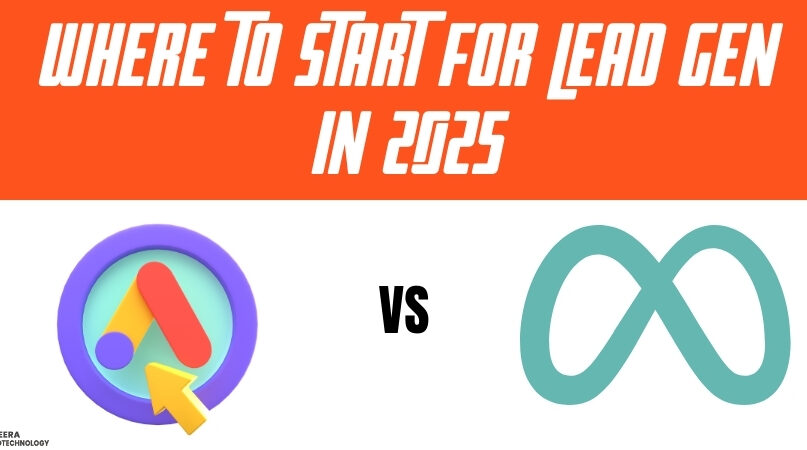
- October 31, 2025
How to get more leads from Search Engine Marketing (SEM) and SEO

- October 23, 2025
Boost Your Business Growth with SEO Services

- August 21, 2025
What is SEO and Why Does It Matter in 2025?

- August 18, 2025

